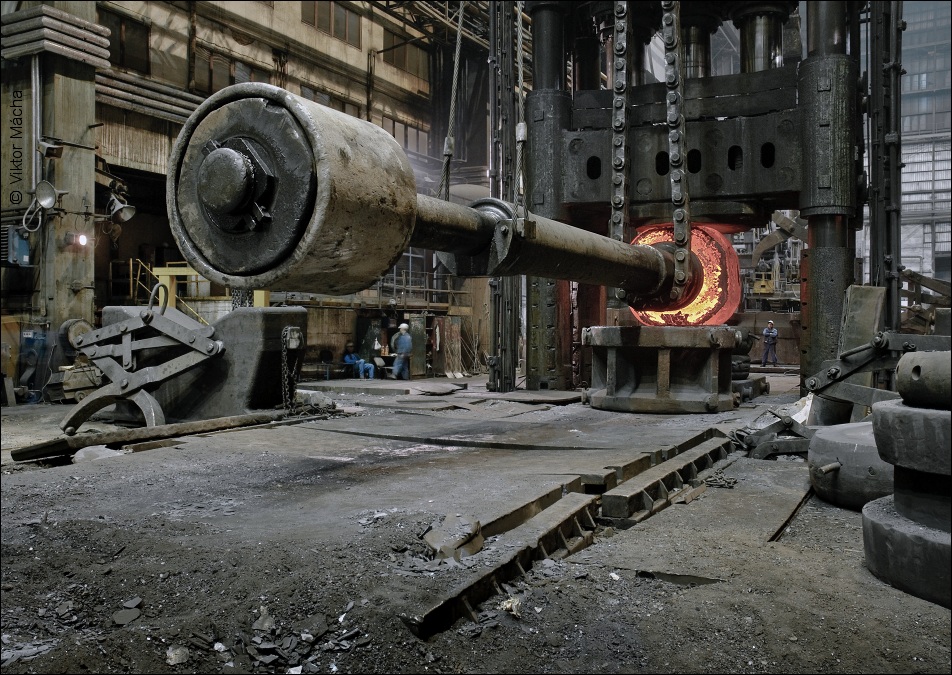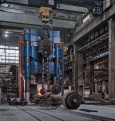
Pilsen Steel
The origins of famous czech steelworks are dating back to 1859, when during expansion of Count Arnost Waldstein´s ironworks in Sedlec a machining shop was moved to town of Pilsen. In 1866, yet unknown Emil Skoda took his position as the chief engineer in the recently established plant. The main production was oriented on steam boilers, pumps, blowers and equepment for sugar mills in that time.
Due to limited production capacity depending on the material supply from Sedlec ironworks Skoda initiated the construction of separate foundry. Due to lack of interest Cunt Waldstein sold his Pilsen plant to him in 1869.
The developement of main metalurgical base with iron and non-ferrous foundry started soon after.
The steel plant with one 5 ton siemens-martin furnace started operation in 1886. Second furnace with 10 tons volume was built just year later. By 1914 the steel was melted in 6 open-hearth furnaces and 3 converters.
During the First World War, Škoda factory became the main weapon supplier for Austro-Hungarian army. Up to thirty thousand workers were employed here in 1917. Complicated post-war situation was resolved by integration into the Schneider and Cie Creusot concern.
First two 4 tons electric arc furnaces were launched in 1918.
The mill started to be known for heavy castings and shipbuilding industry worldwide.
During World War II the plant was overtaken by Reichswerke H. Göring and characterized by intense military production. On 25th April 1945 most of the whole plant was heavily damaged by US air aid.
After the restart the production focused mainly on locomotives and other heavy casts.
The very first ladle furnace was installed in 1981. Last open-hearth steel was melted in 1998.
Since 2003, the former Skoda works are known as Pilsen Steel, a manufacturer of high quality steel with over 150 years tradition.























